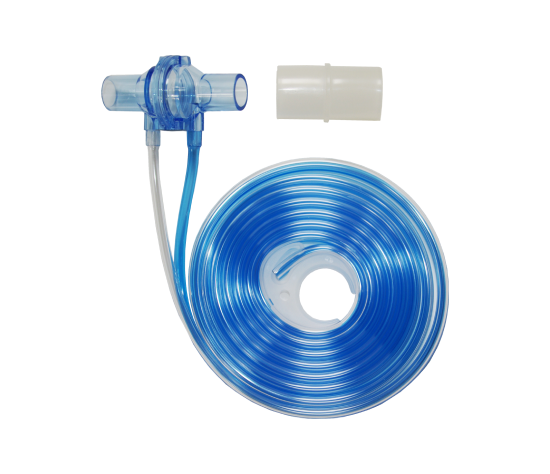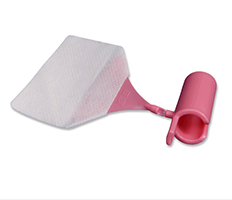In the realm of medical training and respiratory care, precision, and reliability are paramount. One essential tool that ensures the accuracy of respiratory simulations and equipment testing is the test lung. This blog delves into the significance of test lungs, their various applications, and the advanced solutions provided by companies like B&B Medical Technologies.
What is a Test Lung?
A test lung, also known as a lung simulator, is a device designed to mimic the mechanical properties of the human lung. It is used primarily to test and calibrate respiratory equipment, ensuring they perform accurately and reliably. Test lungs can simulate different lung conditions, making them invaluable for training healthcare professionals and testing ventilators and other respiratory devices.
Test lungs come in various forms, from simple rubber models to sophisticated electronic simulators. They can replicate a range of lung characteristics, such as compliance (flexibility), resistance, and volume. By adjusting these parameters, trainers and technicians can create realistic scenarios to test the performance of ventilators, anesthesia machines, and other respiratory support devices.
Applications of Test Lungs
Test lungs play a crucial role in several areas of healthcare, particularly in the training of medical professionals and the development and testing of respiratory equipment. Here are some of the key applications:
- Medical Training and Education
One of the primary uses of test lungs is in the training of medical students, respiratory therapists, and other healthcare professionals. These devices allow trainees to practice using ventilators and other respiratory support systems in a controlled, safe environment. By simulating different lung conditions, test lungs enable trainees to understand how various diseases and conditions affect lung function and how to adjust equipment settings accordingly.
For instance, a test lung can simulate conditions such as chronic obstructive pulmonary disease (COPD), acute respiratory distress syndrome (ARDS), and asthma. This allows trainees to experience and respond to these conditions without risking patient safety. The realistic feedback provided by test lungs helps build confidence and competence in handling real-life scenarios.
- Equipment Testing and Calibration
Test lungs are indispensable for the development, testing, and calibration of respiratory equipment. Manufacturers and biomedical engineers use test lungs to ensure their devices perform accurately under various conditions. This includes testing ventilators, anesthesia machines, and other respiratory support systems to ensure they deliver the correct volume and pressure of air to patients.
During the development phase, test lungs help engineers identify and rectify any issues with the equipment. Once a device is ready for production, test lungs are used to verify its performance, ensuring it meets regulatory standards and is safe for clinical use. Regular calibration of equipment using test lungs also ensures that devices continue to operate accurately over time, maintaining patient safety and treatment efficacy.
- Research and Development
In the field of respiratory care research, test lungs are valuable tools for studying lung mechanics and the effects of different treatments. Researchers use test lungs to simulate various lung conditions and study how different therapeutic interventions affect lung function. This can lead to the development of new treatments and improvements in existing therapies.
For example, researchers might use test lungs to investigate the impact of new ventilation strategies on lung function in patients with ARDS. By simulating different ventilation settings and observing the effects on the test lung, researchers can identify optimal strategies that minimize lung injury and improve patient outcomes.
Conclusion
In conclusion, test lungs are indispensable tools in the field of respiratory care, playing a critical role in medical training, equipment testing, and research. By simulating various lung conditions, they provide valuable insights and hands-on experience for healthcare professionals, ensuring they are well-prepared to handle real-life scenarios. Companies like B&B Medical Technologies are leading the way in providing high-quality test lung solutions that meet the diverse needs of the medical community.
As the healthcare landscape continues to evolve, the importance of accurate and reliable training and testing tools cannot be overstated. Test lungs, with their ability to mimic real-life lung conditions, are essential in ensuring the safety and efficacy of respiratory care. With advanced solutions from B&B Medical Technologies, medical professionals and researchers can continue to push the boundaries of knowledge and innovation in respiratory care.


